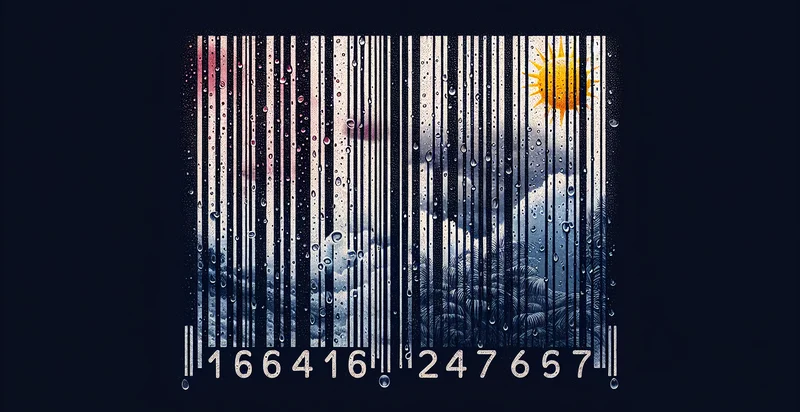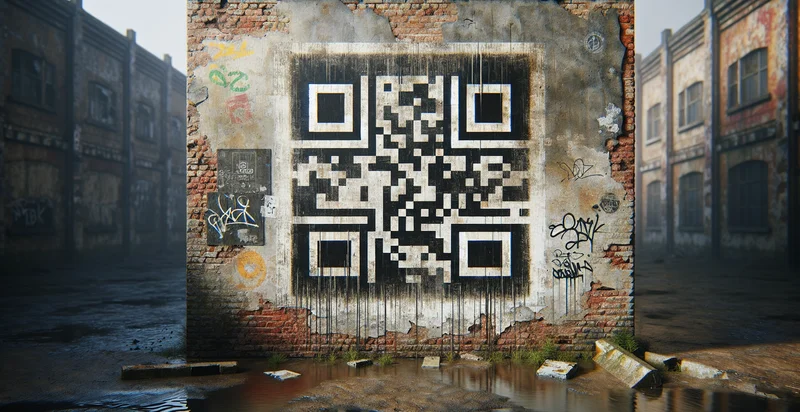Identify barcode weather exposure
using AI
Below is a free classifier to identify barcode weather exposure. Just upload your image, and our AI will predict the weather exposure levels associated with different barcode types - in just seconds.

Contact us for API access
Or, use Nyckel to build highly-accurate custom classifiers in just minutes. No PhD required.
Get started
import nyckel
credentials = nyckel.Credentials("YOUR_CLIENT_ID", "YOUR_CLIENT_SECRET")
nyckel.invoke("barcode-weather-exposure", "your_image_url", credentials)
fetch('https://www.nyckel.com/v1/functions/barcode-weather-exposure/invoke', {
method: 'POST',
headers: {
'Authorization': 'Bearer ' + 'YOUR_BEARER_TOKEN',
'Content-Type': 'application/json',
},
body: JSON.stringify(
{"data": "your_image_url"}
)
})
.then(response => response.json())
.then(data => console.log(data));
curl -X POST \
-H "Content-Type: application/json" \
-H "Authorization: Bearer YOUR_BEARER_TOKEN" \
-d '{"data": "your_image_url"}' \
https://www.nyckel.com/v1/functions/barcode-weather-exposure/invoke
How this classifier works
To start, upload your image. Our AI tool will then predict the weather exposure levels associated with different barcode types.
This pretrained image model uses a Nyckel-created dataset and has 16 labels, including Compromised, Damaged, Degraded, Exposed, Faded, Irreparable, New, Partially Protected, Pristine and Protected.
We'll also show a confidence score (the higher the number, the more confident the AI model is around the weather exposure levels associated with different barcode types).
Whether you're just curious or building barcode weather exposure detection into your application, we hope our classifier proves helpful.
Related Classifiers
Need to identify barcode weather exposure at scale?
Get API or Zapier access to this classifier for free. It's perfect for:
- Inventory Management: The barcode weather exposure identifier can be utilized in inventory management systems to assess the exposure of products to unfavorable weather conditions. By analyzing barcode data, businesses can ensure that sensitive items are stored and monitored in optimal environments, reducing spoilage and product loss.
- Supply Chain Optimization: This function can improve supply chain logistics by identifying weather-exposed goods during transit. By flagging these items, companies can reroute shipments or implement protective measures to safeguard their products, enhancing overall supply chain resilience.
- Risk Assessment for Insurance: Insurance companies can leverage the barcode weather exposure identifier to evaluate risks associated with shipped goods. By analyzing weather exposure data, insurers can better understand potential claims related to damage from environmental factors and adjust policies accordingly.
- Retail Pricing Strategy: Retailers can use this tool to determine how weather exposure impacts product pricing. By identifying items that have been compromised or exposed to adverse weather, they can adjust pricing strategies to optimize sales and manage markdowns effectively.
- Food Safety Compliance: In the food industry, the identifier can assist in ensuring compliance with health and safety regulations by monitoring the weather exposure of perishable items. This can help identify incidents where products may have been exposed to hazardous conditions, enhancing food safety protocols.
- Marketing and Sales Analytics: Businesses can incorporate weather exposure data into their marketing strategies to optimize promotional efforts. By understanding how weather conditions impact product performance, they can tailor campaigns to improve customer engagement and sales during specific weather scenarios.
- Environmental Impact Analysis: Companies committed to sustainability can use the identifier to track the environmental exposure of their products throughout the lifecycle. By analyzing this data, businesses can assess their ecological footprint and implement strategies to minimize their environmental impact.


